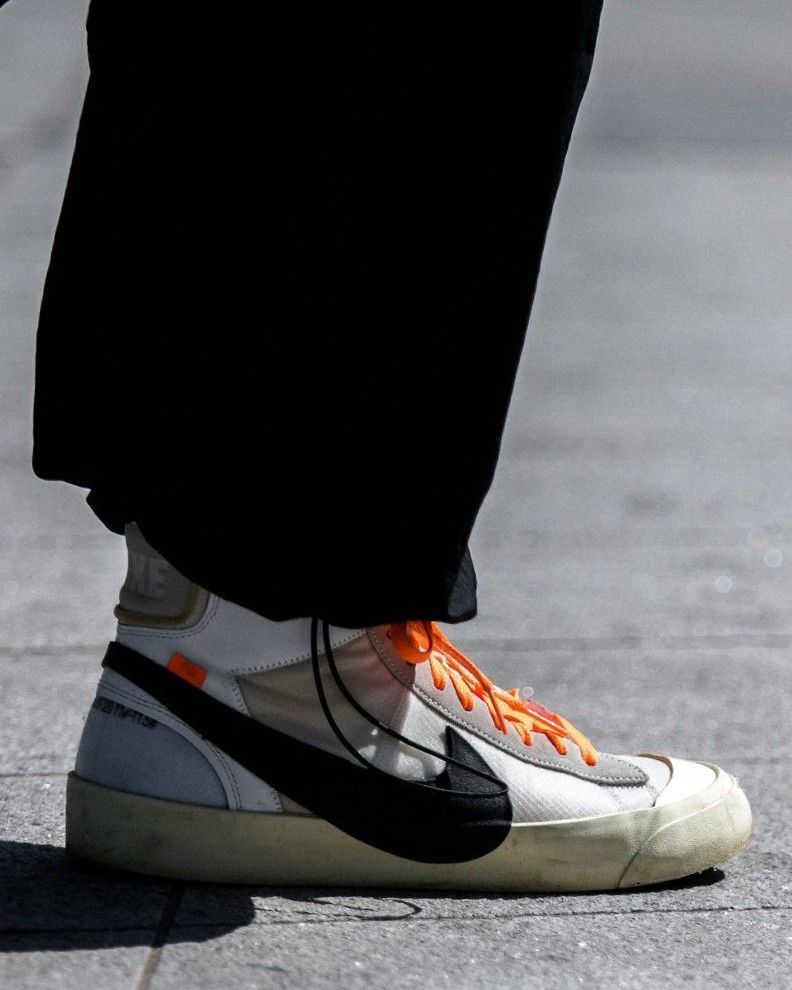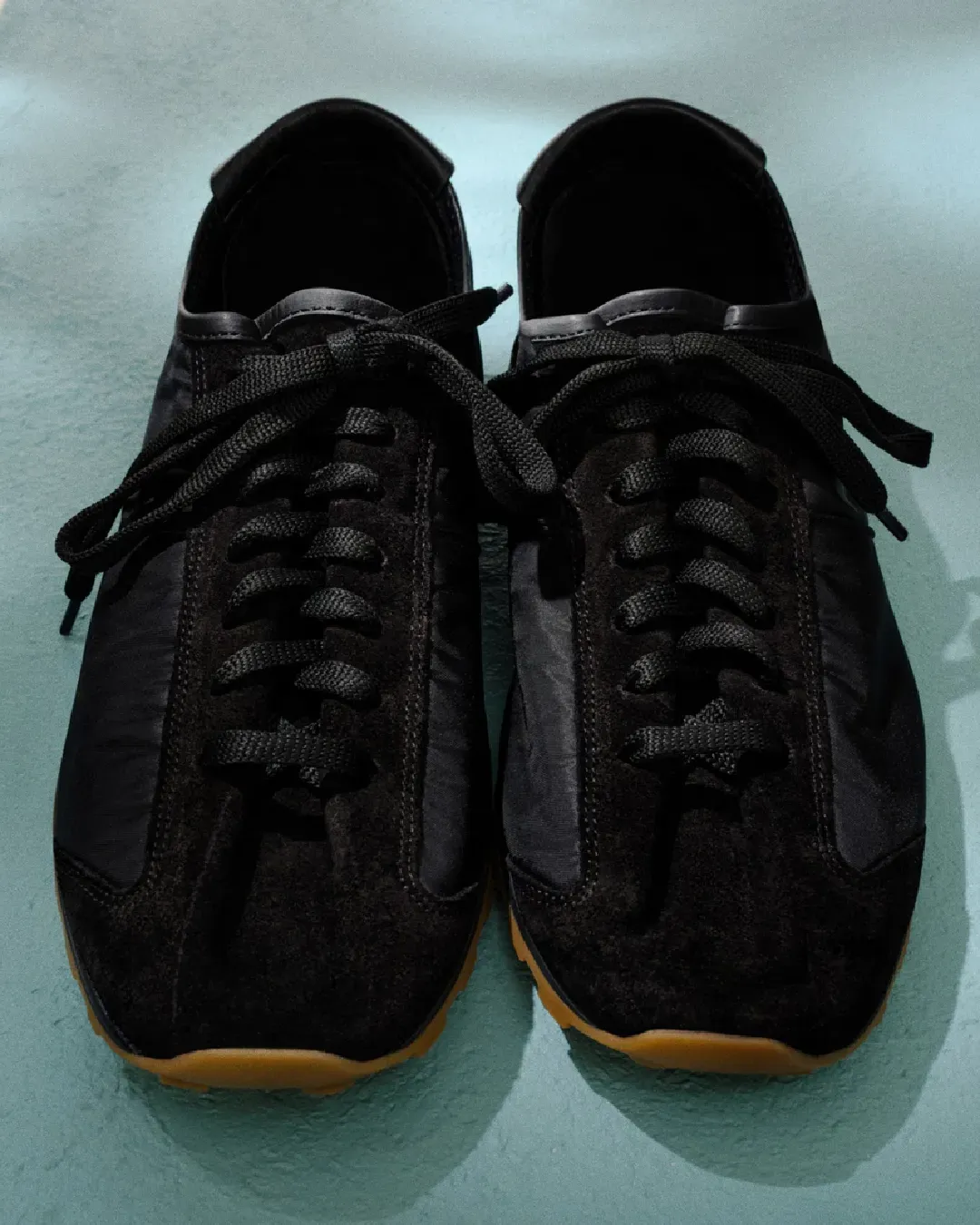
What's going on at Nike? After a bad year, the CEO has been replaced, but it is not yet known what will happen
Nike announced a significant leadership change: CEO John Donahoe will leave the company and will be replaced by former Nike executive Elliott Hill, effective October 13. Hill, who held various senior roles before retiring in 2020, now returns to lead one of the most powerful and influential companies in sports and fashion, which has, however, experienced a terrible year in terms of sales and performance. The Nike board’s decision to replace Donahoe follows a careful assessment of the company's future needs. Nike's executive chairman, Mark Parker, explained that Hill, with his extensive international experience and deep industry knowledge, is the right person to lead Nike’s next growth phase. And indeed, the move had immediate positive effects: Nike’s stock rose 10.2% in after-hours trading, increasing the market capitalization by over 12 billion dollars. With an annual base salary of $1.5 million, a target bonus of 200% of salary, and an annual incentive of $15.5 million, Hill has a clear objective: to bring Nike back to the top, especially after a period of criticism towards the company for its lack of innovation and loss of market share in key sectors, such as running.
@reclaimed.official Get your vintage Nike on reclaimed,official.com #vintage #vintagenike #outfitideas #smallbusiness #vintagenike #smallbusiness #fashion original sound - Reclaimed Official
Donahoe, who was appointed CEO in January 2020, took the helm of Nike at a crucial moment, aiming to steer the company through a phase of digitalization and transition to the "direct-to-consumer" model. However, his era was marked by a sharp slowdown in sales and a lack of product innovation that eventually led to the reopening of wholesale sales channels through major retailers – essentially the opposite of the original goals. A key part of Donahoe's plan involved severing ties with more than half of Nike's business partners, including giants like Amazon and Foot Locker. Initially, this allowed Nike to reduce intermediaries, increase direct revenue, and improve profit margins, but in the long term, it opened the door to competitors such as Adidas, New Balance, and On, who quickly filled the spaces left vacant by Nike in stores. To make matters worse, product innovation, one of Nike's main growth drivers in the past, slowed down significantly. The most popular shoe models, prioritized for production and marketing, like Dunks and Air Force 1, began to lose appeal among consumers, with no new products ready to replace them. Meanwhile, Nike also faced production issues, partly due to pandemic-related disruptions, which caused factory shutdowns in Vietnam, one of the brand's main production centers.
Nike’s global sales began to show signs of decline in mid-2023, with a sharp drop in demand in key markets such as China and Europe. These problems highlighted the weaknesses of the direct-to-consumer sales model. At the same time, rising costs and slower sales growth forced Nike to revise its revenue forecasts, prompting Donahoe to introduce $2 billion in cost cuts, including a 2% reduction in the global workforce. The lack of innovation, declining sales, and an erosion of company morale fueled discontent within the company. Many long-time executives and employees expressed doubts about Donahoe's decisions, leading to a significant talent turnover, especially among designers and product managers. By the end of 2023, the situation culminated in a significant drop in Nike's stock price, with a 20% loss in the company’s market value. Aware of the growing challenges, Donahoe sought to rebuild relationships with some business partners, such as Foot Locker and Macy's, previously abandoned, in an attempt to reposition the brand and revitalize sales through traditional channels.
Nike must not be self aware, you can’t continue to release dunks and basic Jordan’s, and expect to move the needle. New balance and Asics on y’all necks so step up or you’ve lost the plot
— Potter (@RebornPotter) September 9, 2023
Another cause of Nike’s problems, stemming from a lack of innovation, was the slowdown in more fashion-oriented collaborations, which once were numerous and elevated the brand’s image with collections that managed to seduce luxury audiences, who today turn to competitors like New Balance, which collaborates steadily with Aimé Leon Dore, Junya Watanabe, and especially Miu Miu, and also On, which, as a "newcomer" in an already saturated market, has accelerated its growth at rapid rates, even recently collaborating with Loewe. On the other hand, the fashion industry's trend of filling every commercial category has led numerous brands to create sportswear and sneakers, further eroding Nike's customer base at a crucial moment in the post-Covid era, when elevated tracksuits and sportswear became key categories. However, Nike missed this rich opportunity, which, for example, a brand like Pangaia seized. Therefore, Nike's challenge is not so much to regain its broad market base but to reclaim its higher segments by re-engaging with a narrower but more discerning audience that can elevate its brand recognition and desirability at a time when the middle market is full of demand but short on supply. Could Nike recover by 2025?















































